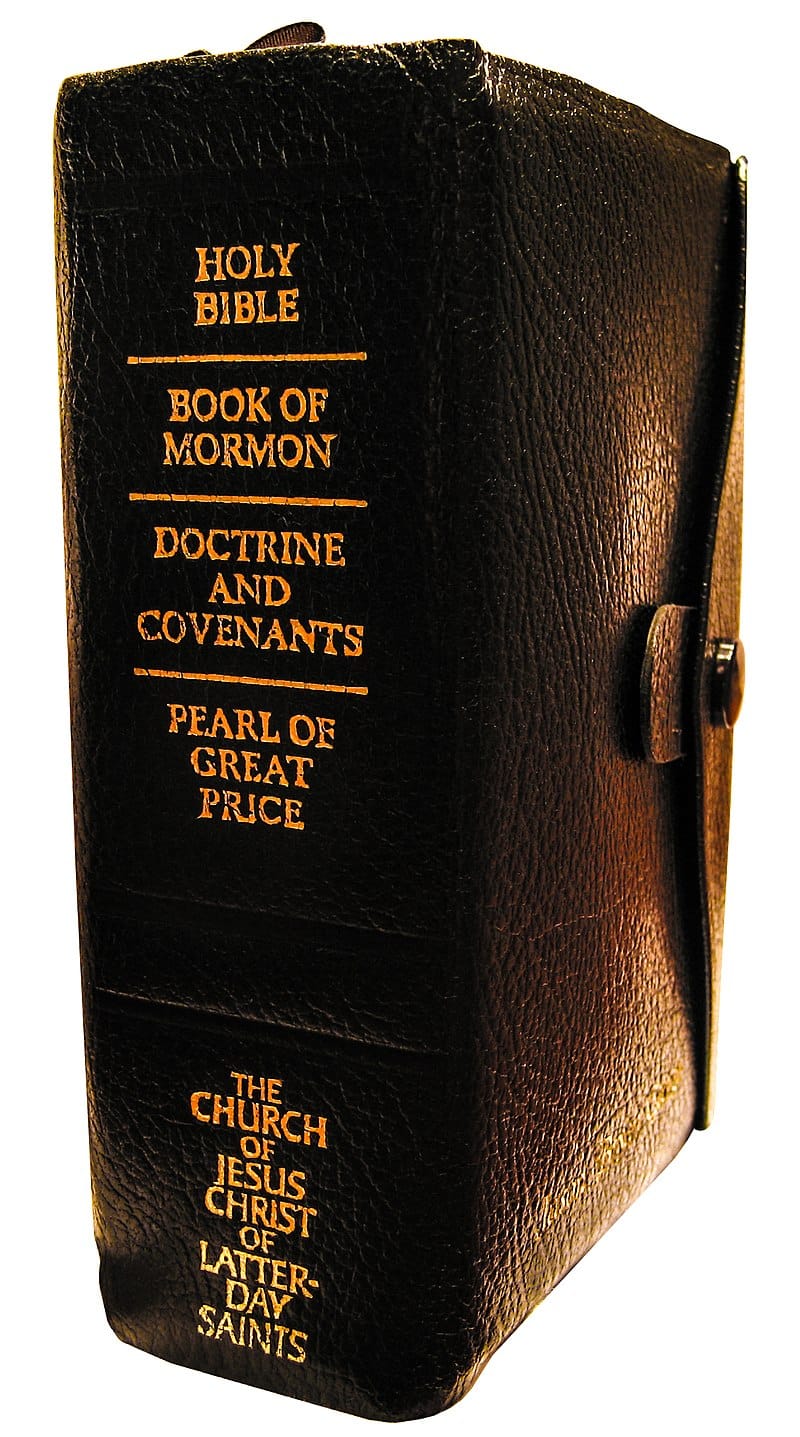The Pearl of Great Price

The Pearl of Great Price was a popular biblical image in the 19th century - even Melville used it in one of his unpublished poems ("the Little Pearl of Price") - and Hawthorne names Hester's daughter Pearl in The Scarlet Letter.
Long before this, the pearl was a metaphor for the "divine spark" of life, at times associated with both the egg and sperm (conception) and with Heaven (salvation) - the cosmic snake.
The pearl first puts in an appearance in a parable told by Jesus, in Matthew 13:45-46 about a rich man who sells everything in exchange for a precious pearl (a ticket to Heaven). This was the inspiration for a revered book of the Latter Day Saints, The Pearl of Great Price, first compiled by a Mormon missionary in Liverpool in 1851 from various writings of Joseph Smith. These included The Book of Moses, The Book of Abraham and the Articles of Faith among others. In subsequent decades its contents altered significantly.

The Book of Moses came first in the early 1830s and it improves upon Genesis by reinserting the bits that had been left out apparently, including a bigger role for Satan.
Then came The Book of Abraham in the mid-1830s although it wasn't published till 1842. It was far more controversial in that it appears to be fanciful translations of ancient Egyptian hieroglyphic and Gnostic writings. Smith borrows from Masonry and savors secret passwords, the ones that enabled the well endowed to get past the guardian angels and into Celestial Heaven.
The pearl also appears in The Hymn of the Pearl, a Gnostic song from the early Christian era that appeals to LDS scholars. Its story tells of a young man who is sent to find a pearl "which is in the middle of the sea surrounded by the hissing serpent," but he is seduced by the ways of the Egyptians and only later after receiving a letter from home does he wake up, charm the serpent to sleep and take the pearl back home. The Hymn appears in the apocryphal Acts of Thomas, which is the tales of the apostle Judas Thomas who proselytized in India and was martyred, although the Hymn itself appears to be older.
